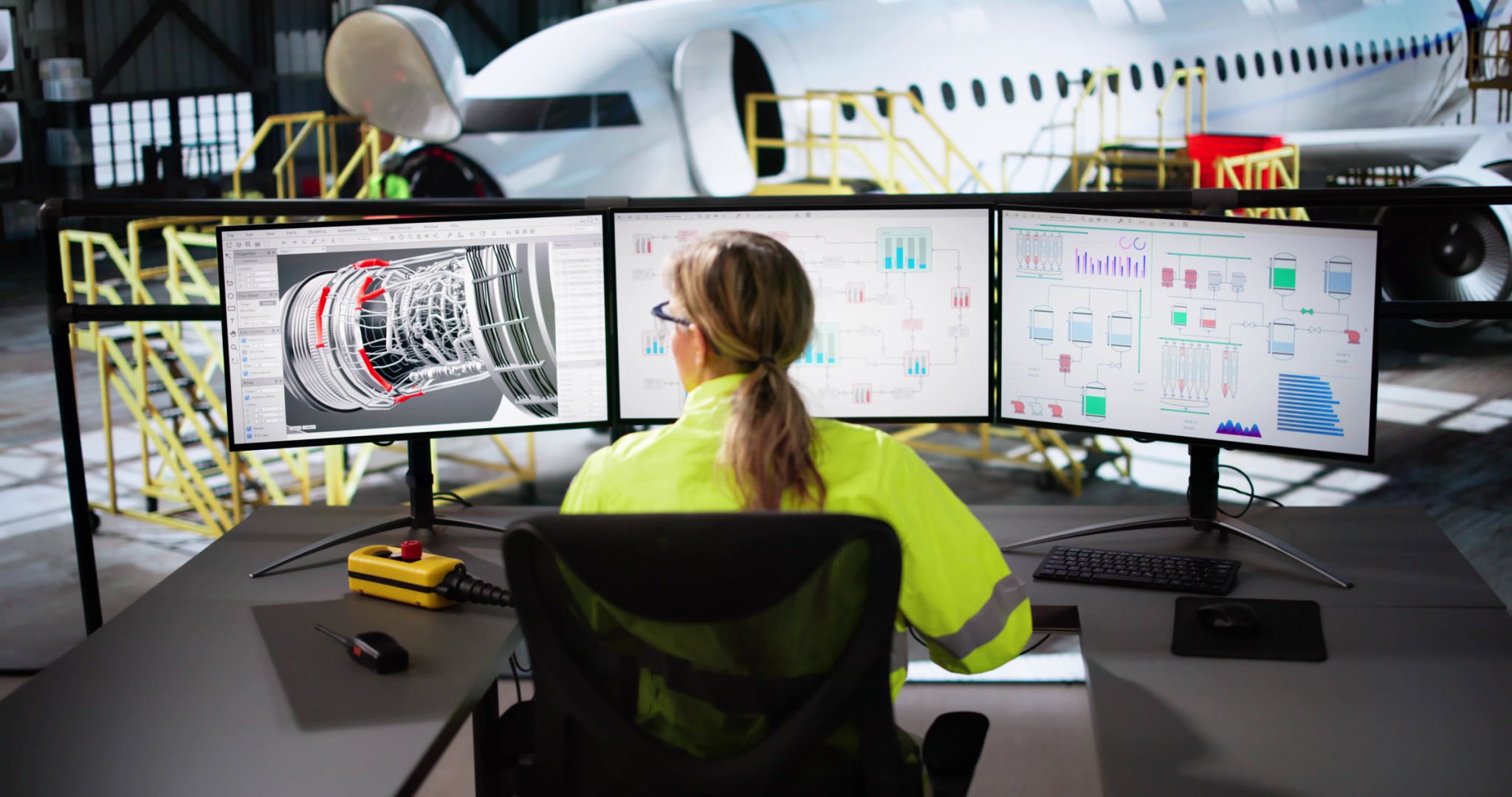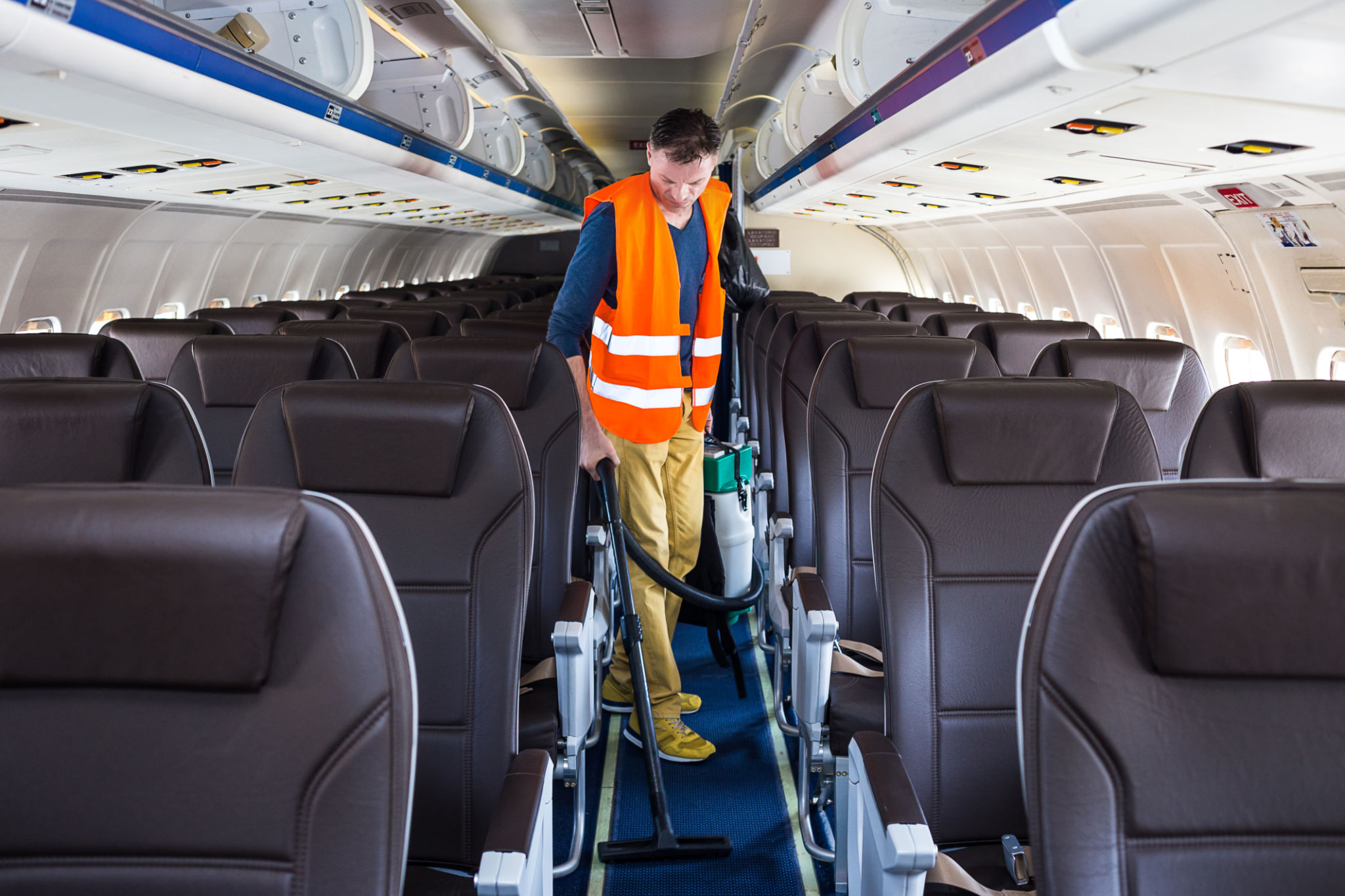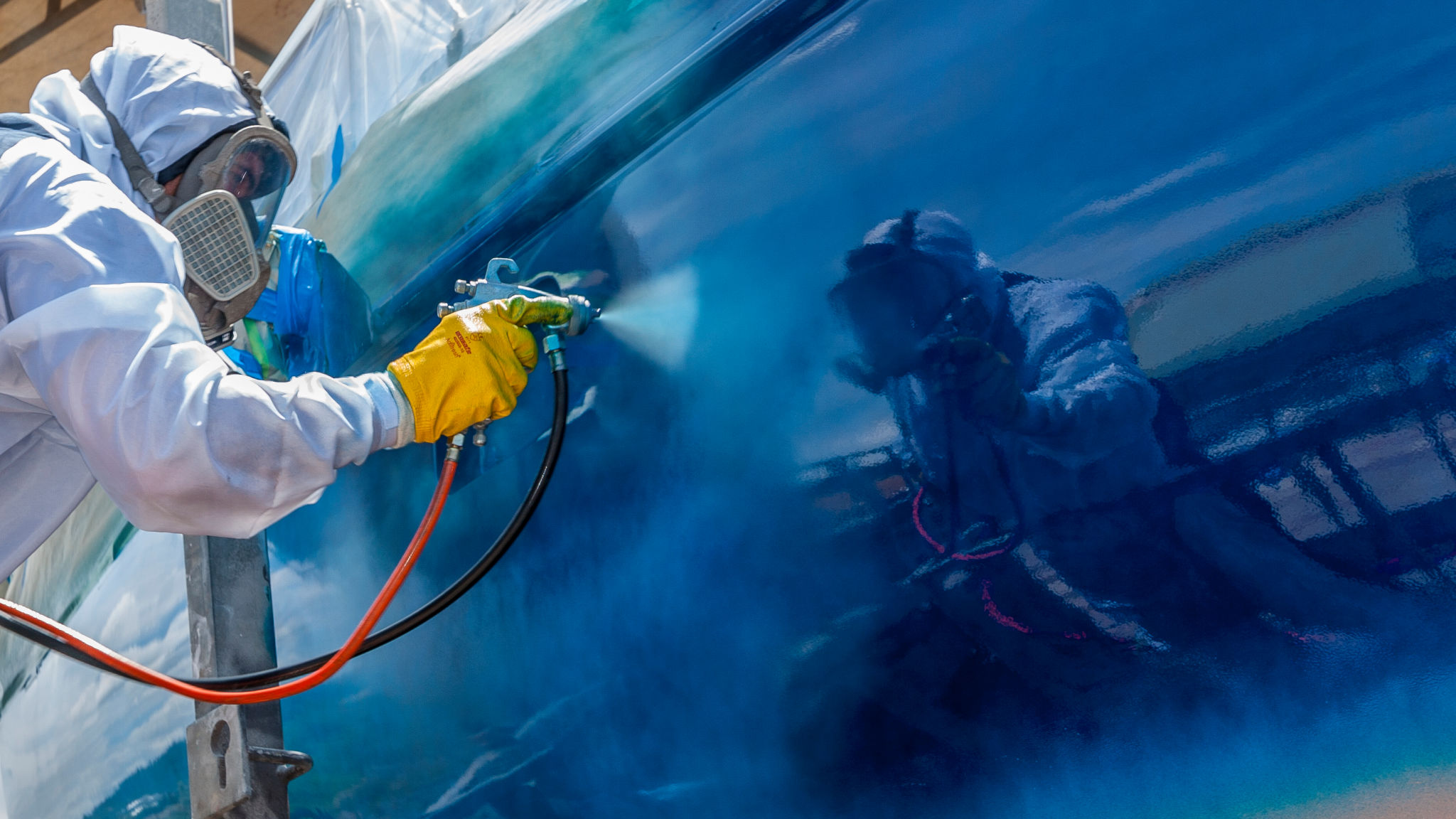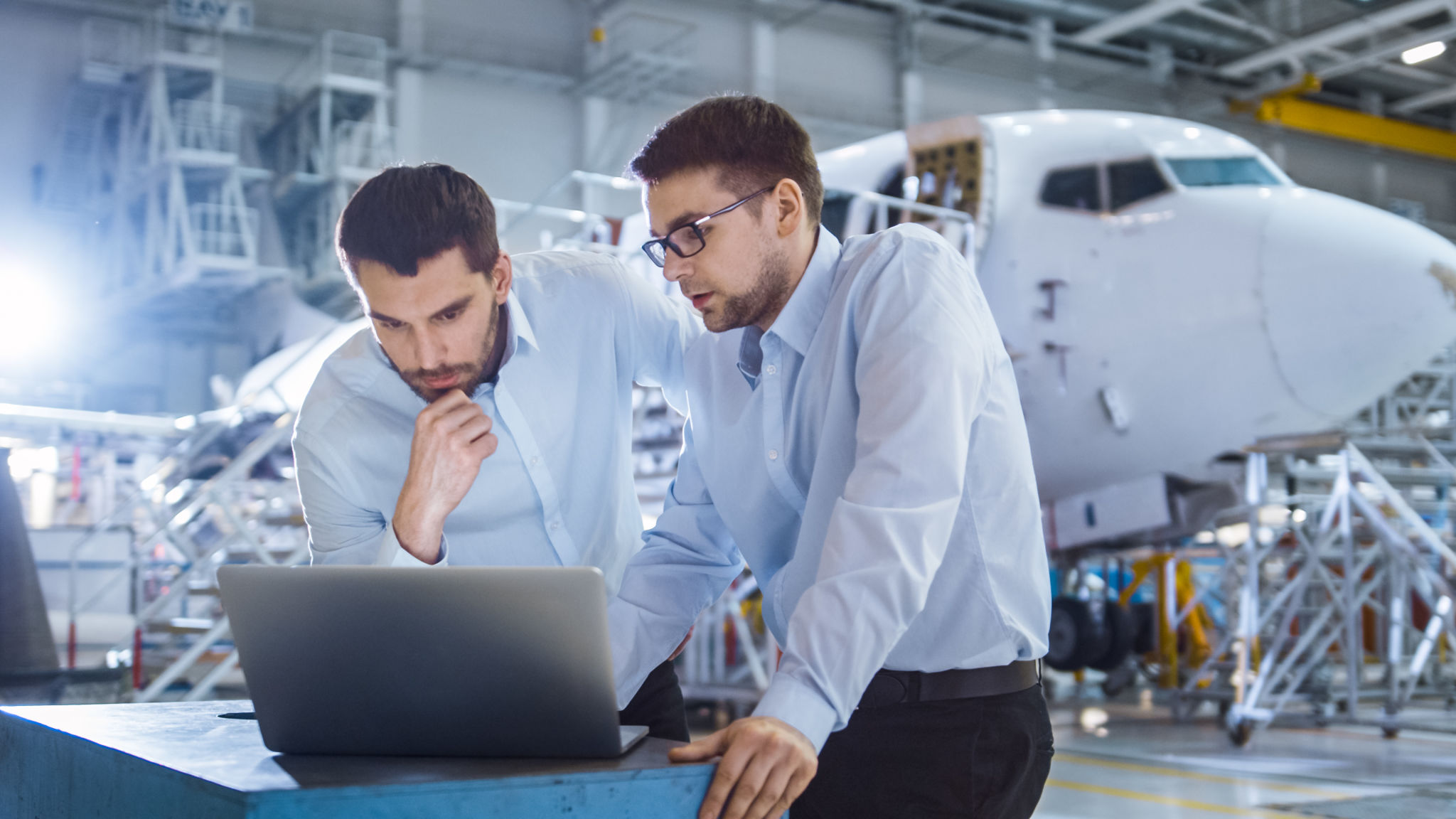Expert Tips: Maximizing the Longevity of Your Aircraft’s Exterior
Understanding the Importance of Regular Maintenance
Maintaining the exterior of your aircraft is crucial not only for aesthetic reasons but also for safety and performance. A well-maintained exterior can significantly extend the lifespan of your aircraft, ensuring it remains in top condition. Regular maintenance helps prevent corrosion, which is a common issue that can lead to costly repairs and even compromise safety.
One of the essential aspects of maintaining your aircraft's exterior is understanding the specific needs of its materials. Different materials require different care techniques, and knowing these can make a significant difference in longevity. Regular inspections should be part of your maintenance routine to catch any early signs of wear and tear.

Choosing the Right Cleaning Products
When it comes to cleaning your aircraft, selecting the right products is essential. Harsh chemicals can damage the exterior finish, leading to more frequent maintenance needs. Instead, opt for products specifically designed for aircraft, as they are formulated to be gentle yet effective.
It's recommended to use a soft-bristle brush or microfiber cloths when washing your aircraft. These tools are effective in removing dirt and grime without scratching the surface. Additionally, always rinse thoroughly to remove all cleaning agents, as residues can attract dirt or cause corrosion over time.

Implementing a Protective Coating Strategy
Applying protective coatings is another effective way to maximize the longevity of your aircraft's exterior. These coatings act as a barrier against environmental factors such as UV rays, rain, and dust, which can degrade the surface over time.
There are several types of coatings available, including waxes and sealants. While waxes provide a glossy finish and short-term protection, sealants offer longer-lasting defense against harsh conditions. Evaluate your specific needs and environmental exposure to select the most suitable option.

Addressing Weather-Related Challenges
The weather can significantly impact your aircraft's exterior condition. Extreme temperatures, humidity, and precipitation all play a role in wear and tear. To mitigate these effects, ensure your aircraft is stored in a hangar whenever possible. This provides protection from direct sunlight, rain, and other damaging weather elements.
If hangar space is not available, consider using high-quality covers designed for aircraft. These covers offer an additional layer of protection against the elements and can prevent potential damage from exposure.
Conducting Regular Inspections
Regular inspections are vital in identifying potential issues before they become serious problems. Create a checklist that includes examining paintwork for cracks or chips, checking seals for integrity, and inspecting metal surfaces for signs of corrosion.
Inspections should be thorough and systematic. It's beneficial to include both visual checks and hands-on evaluations. If any issues are discovered, address them promptly to prevent further deterioration.

Engaging Professional Services
While regular maintenance can be performed by aircraft owners or operators, engaging professional services periodically is advisable. Professionals have the expertise and equipment to perform in-depth inspections and maintenance that go beyond regular care.
Professionals can provide services like detailed exterior cleaning, advanced coating applications, and thorough corrosion checks. Investing in professional services can save you money in the long run by preventing expensive repairs and extending the life of your aircraft.
In conclusion, maximizing the longevity of your aircraft's exterior involves consistent maintenance practices, choosing the right products, implementing protective measures, and conducting regular inspections. By adopting these expert tips, you can ensure your aircraft remains in excellent condition for years to come.
